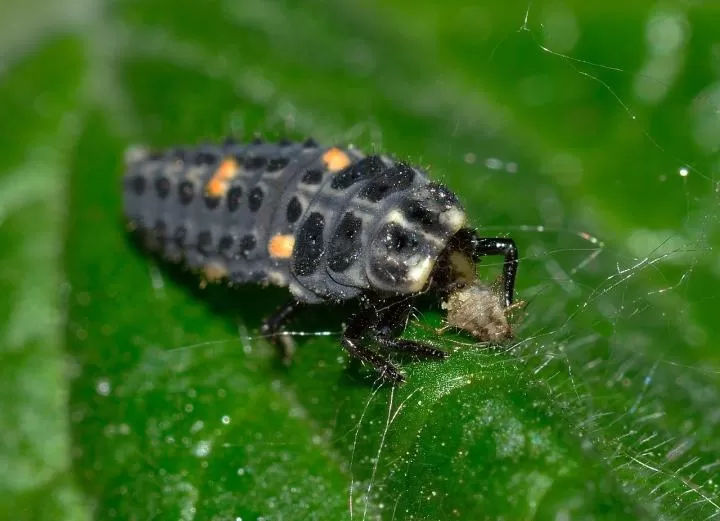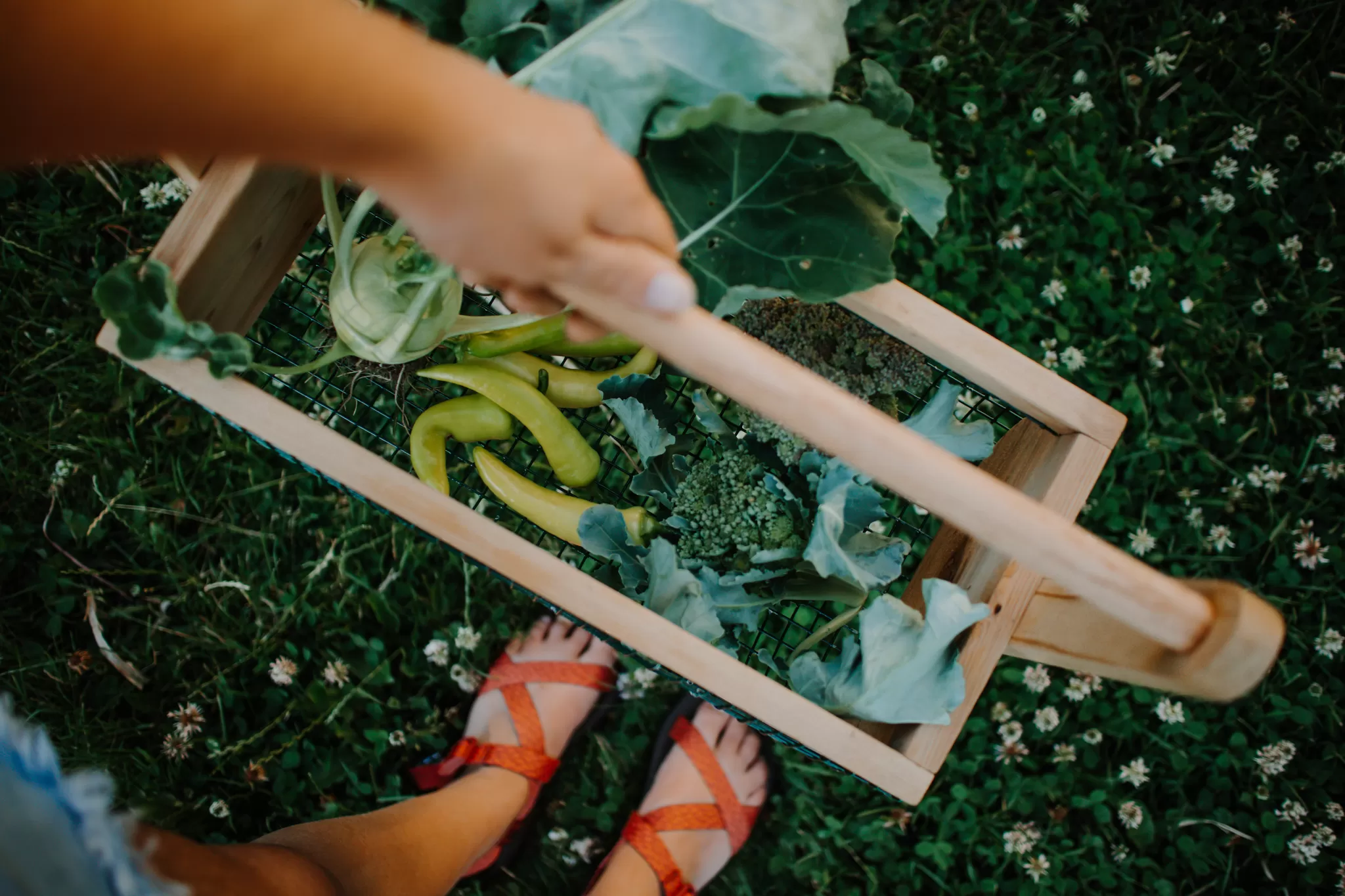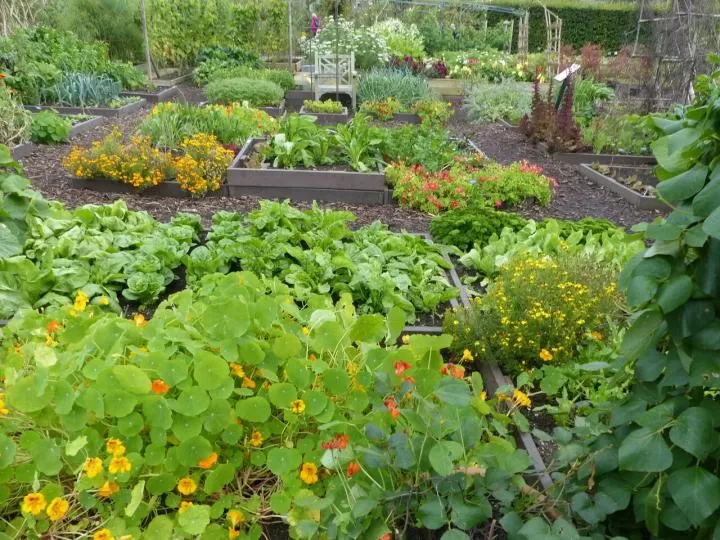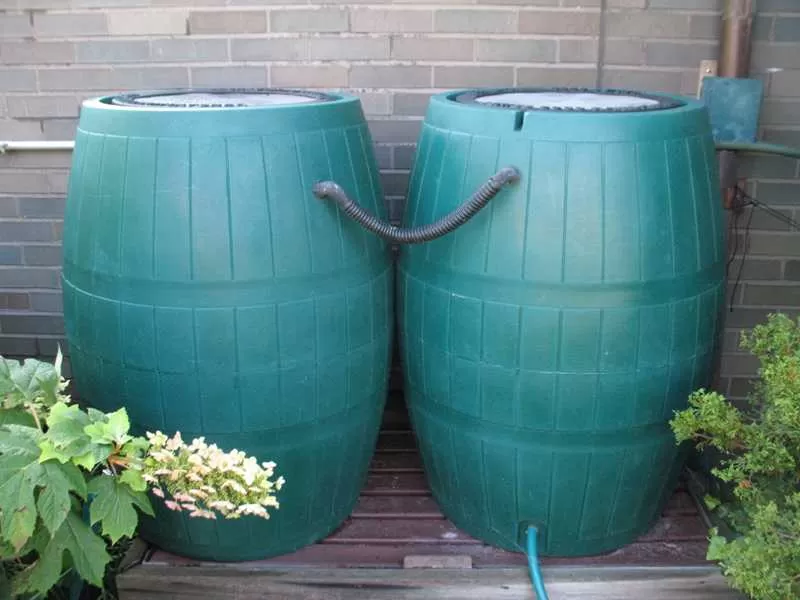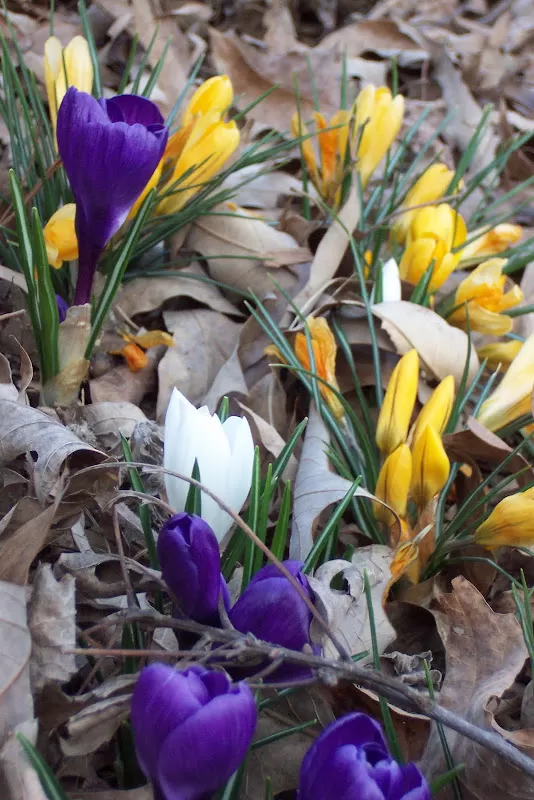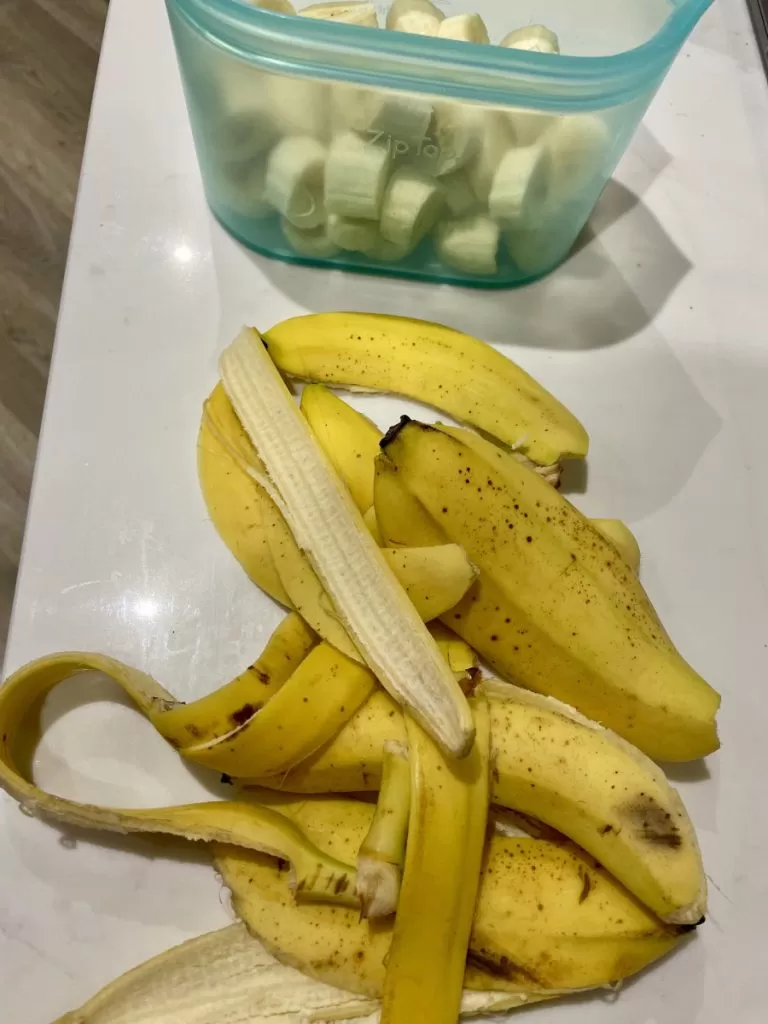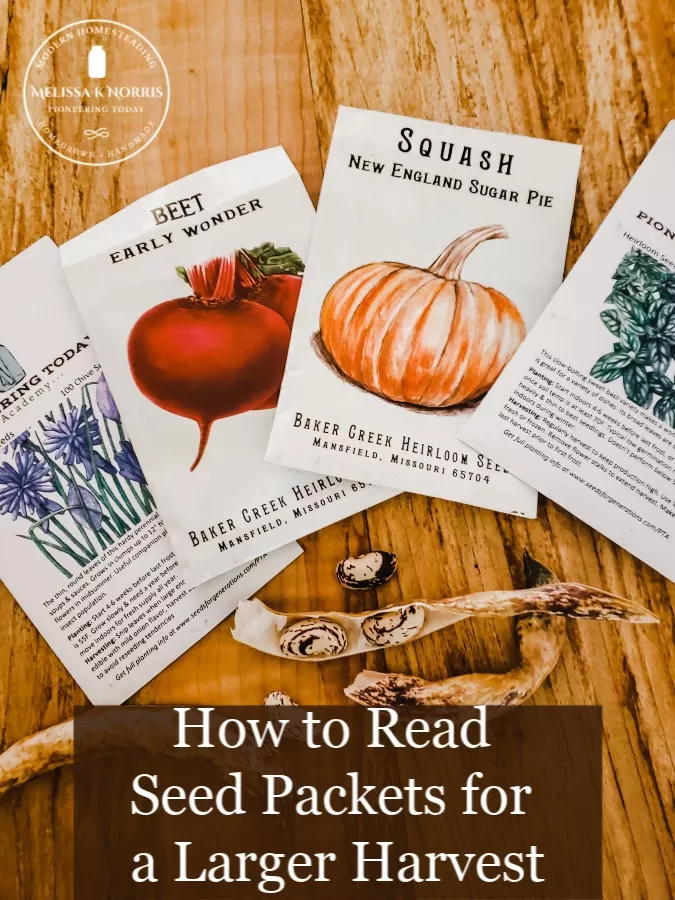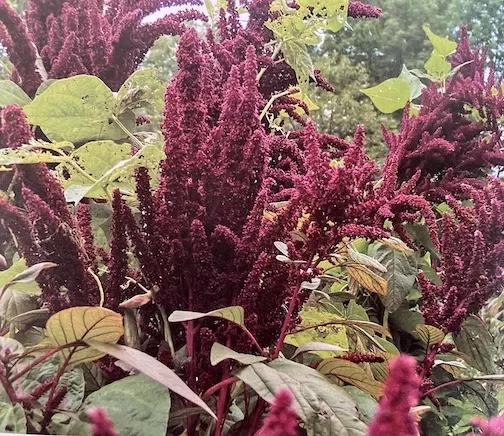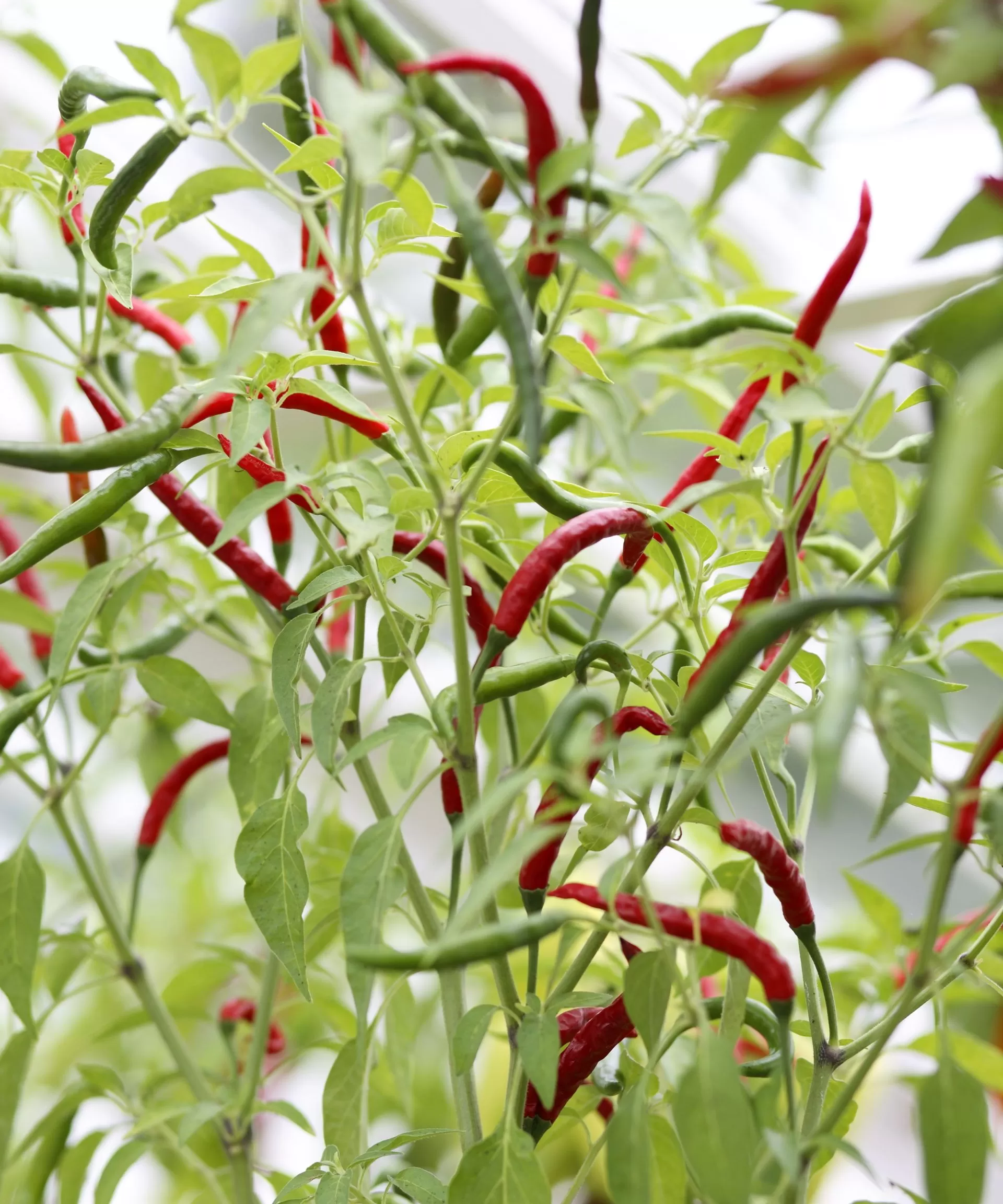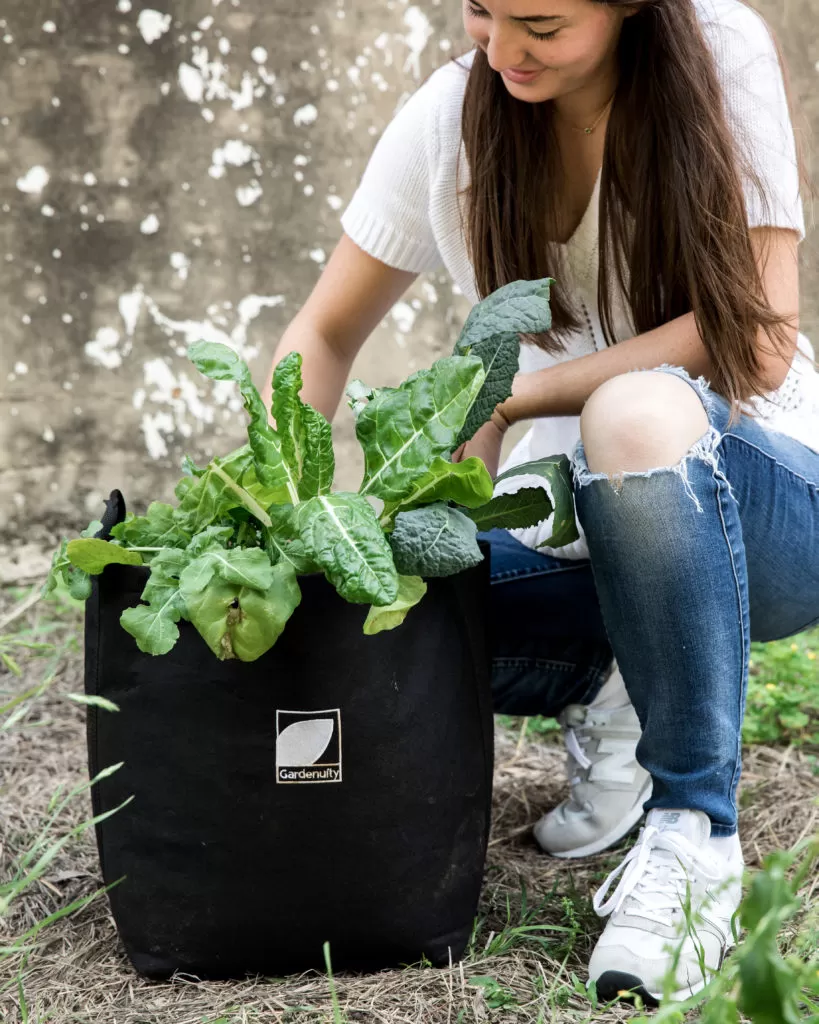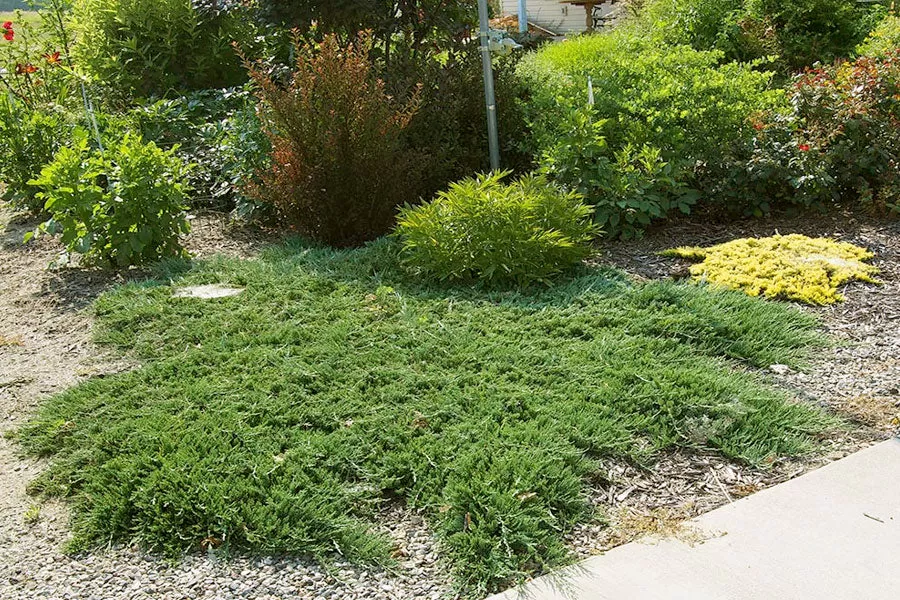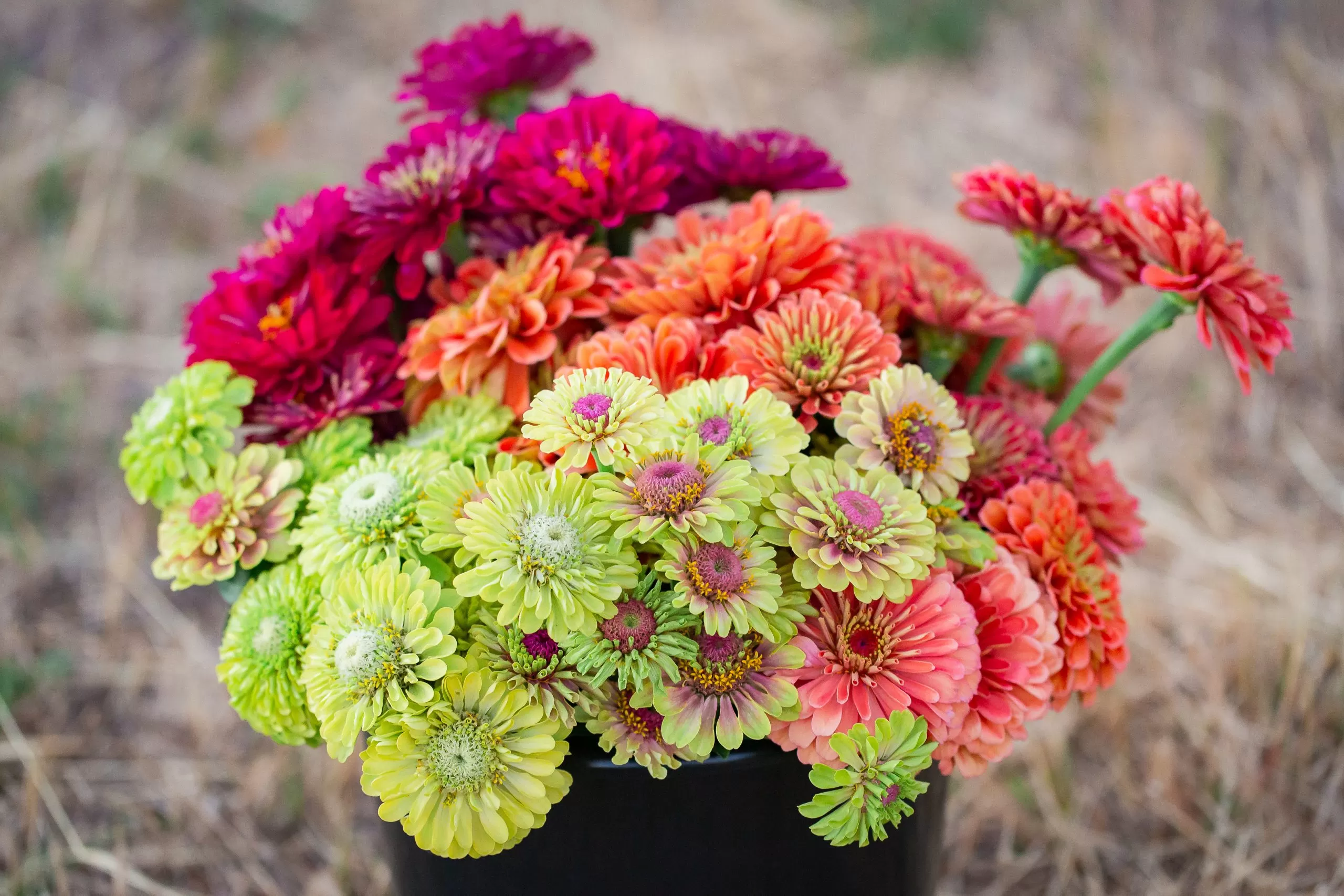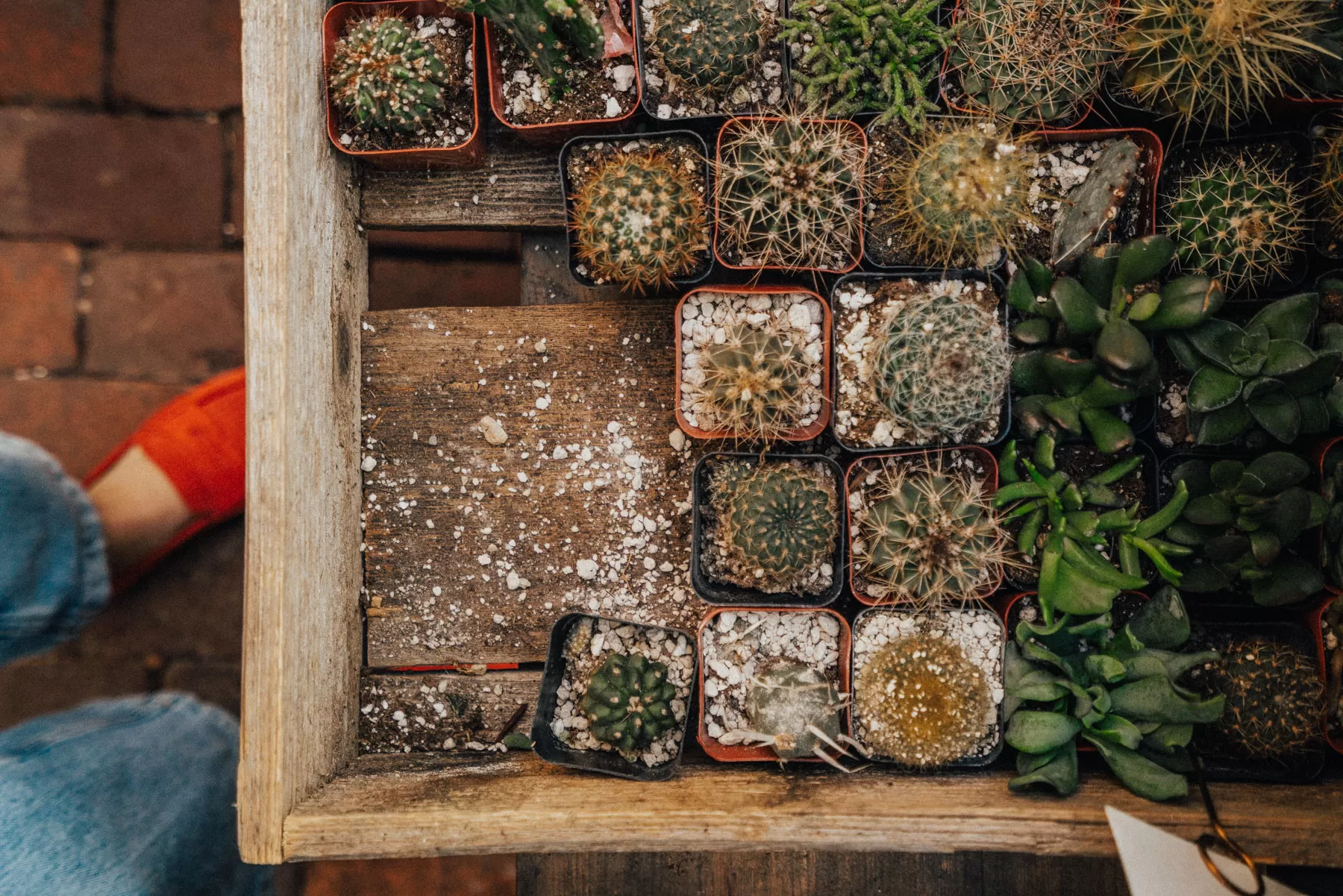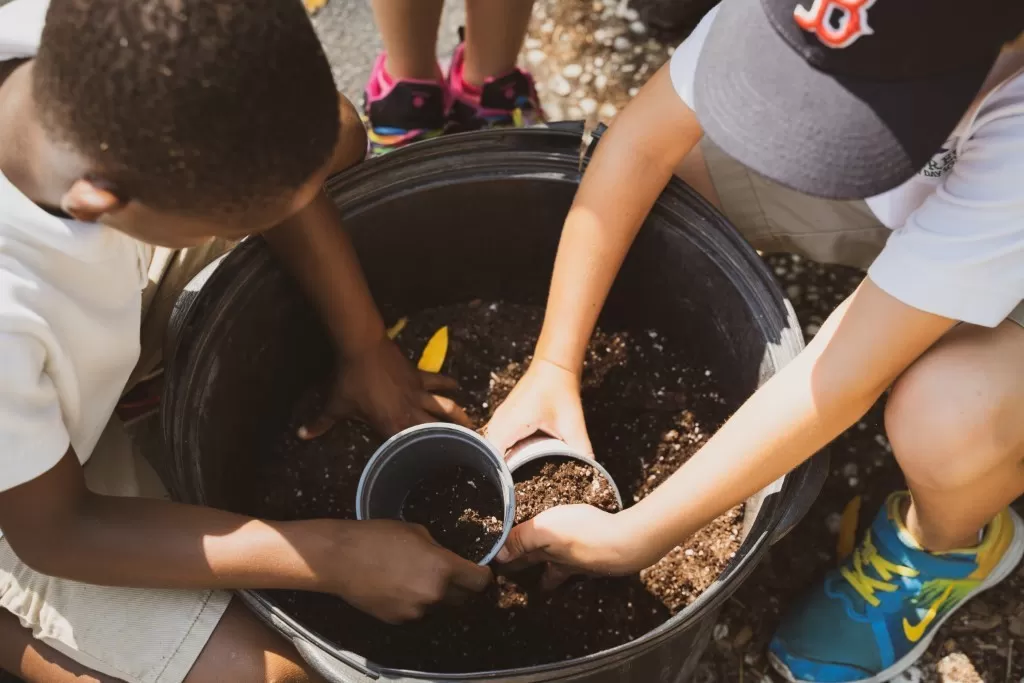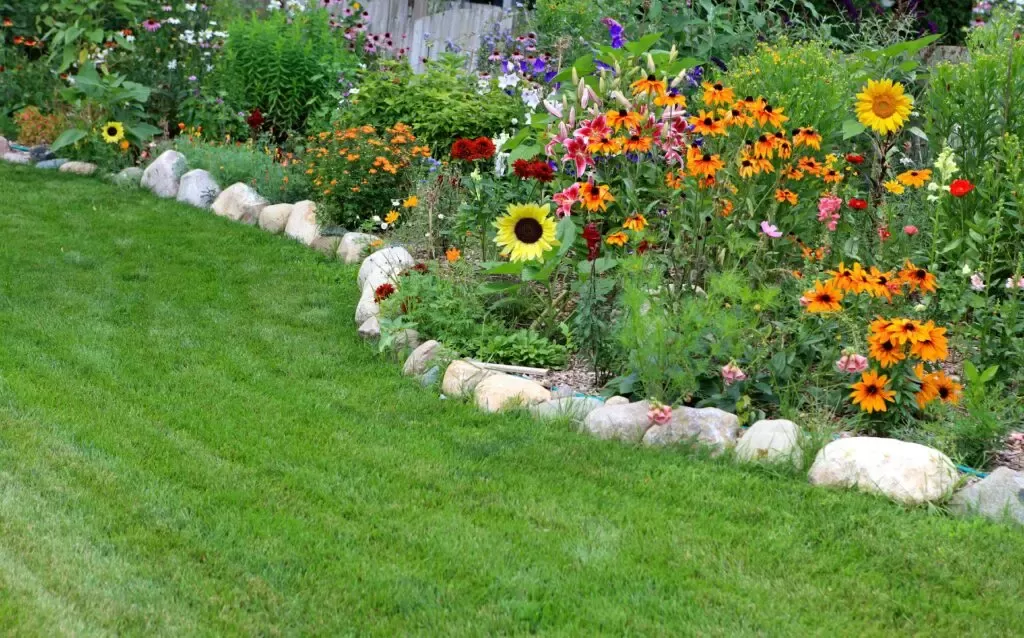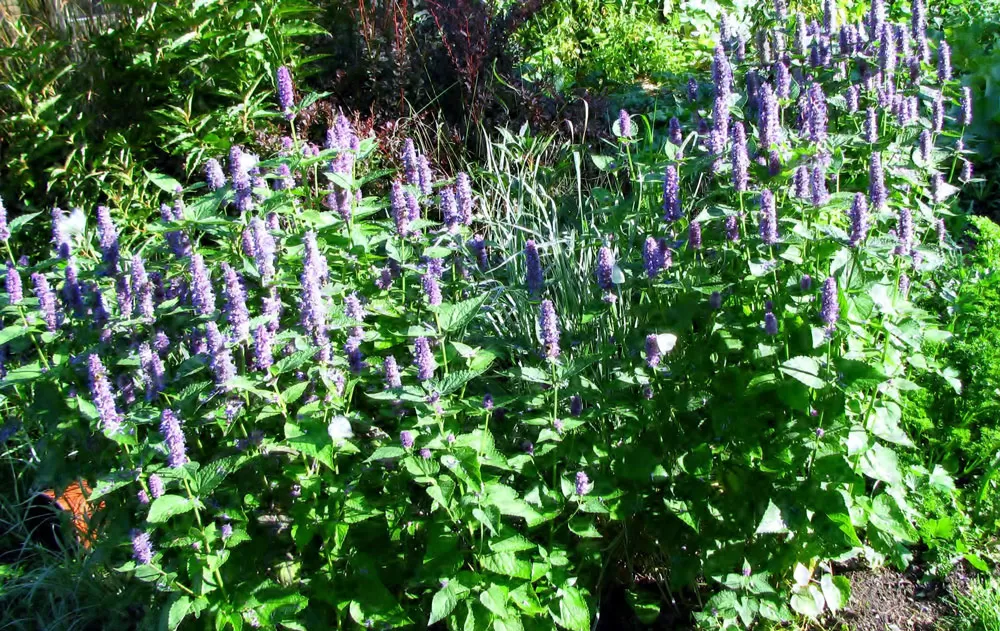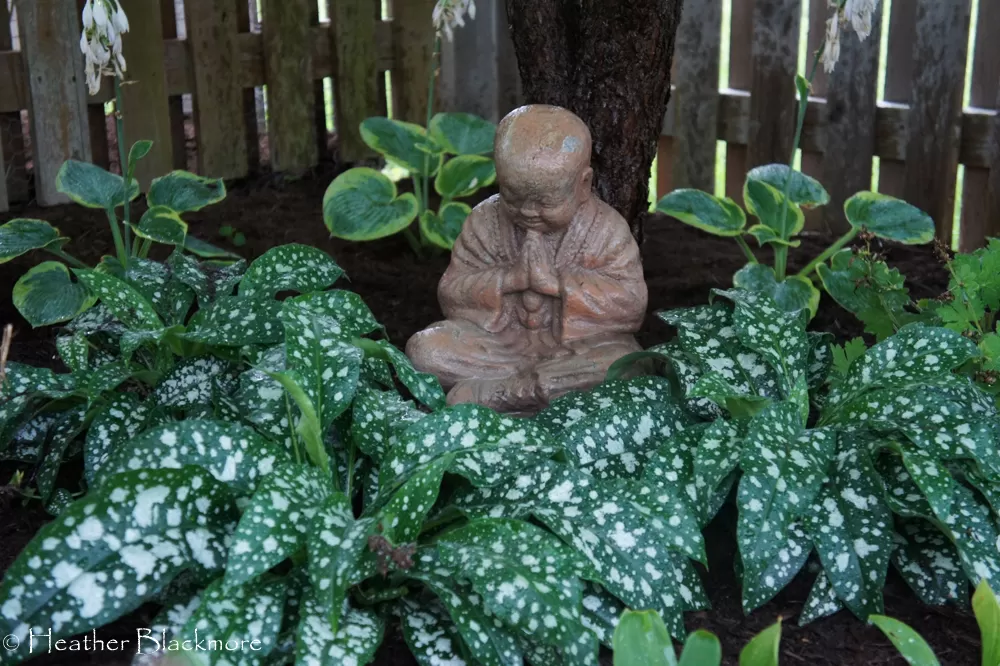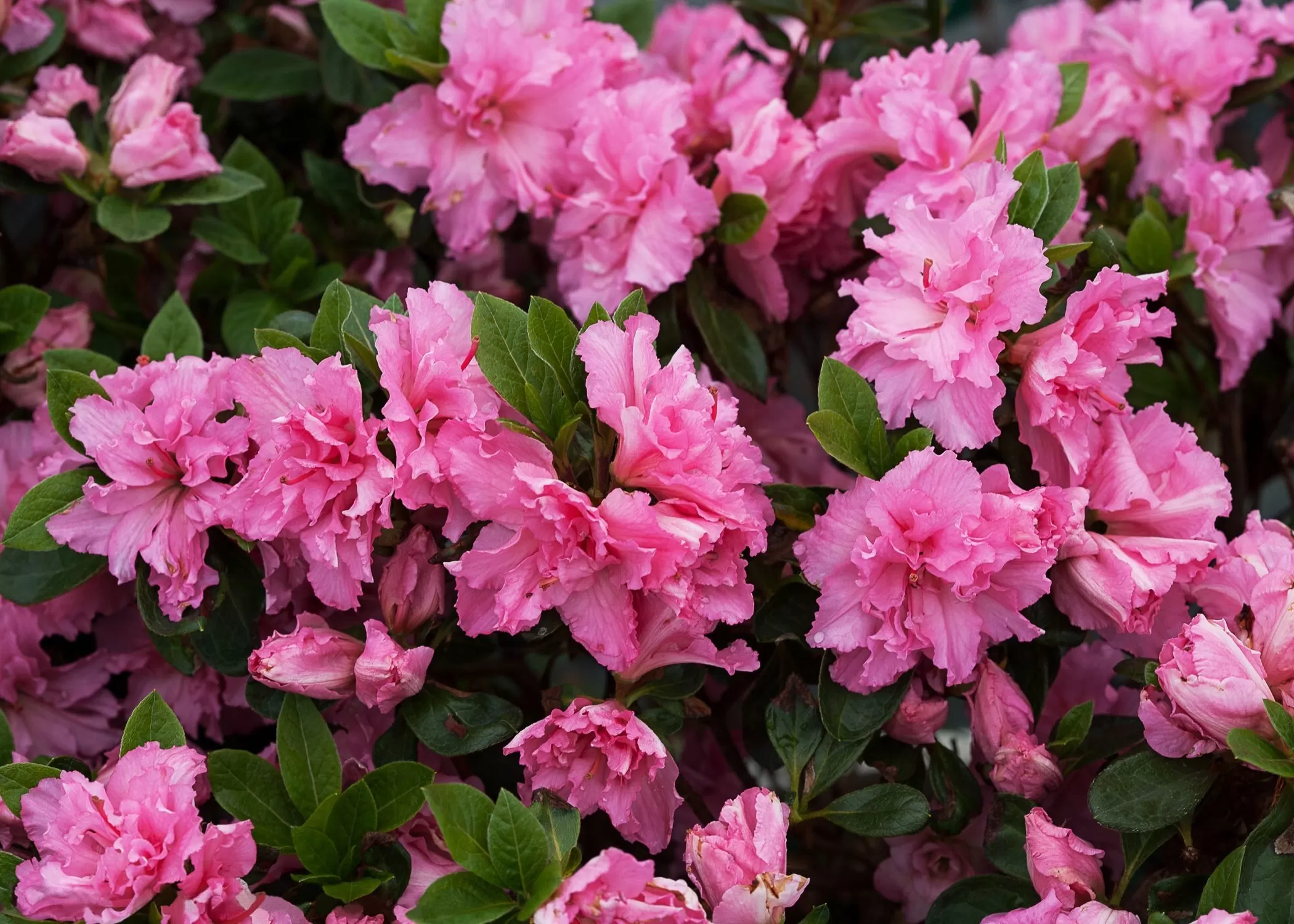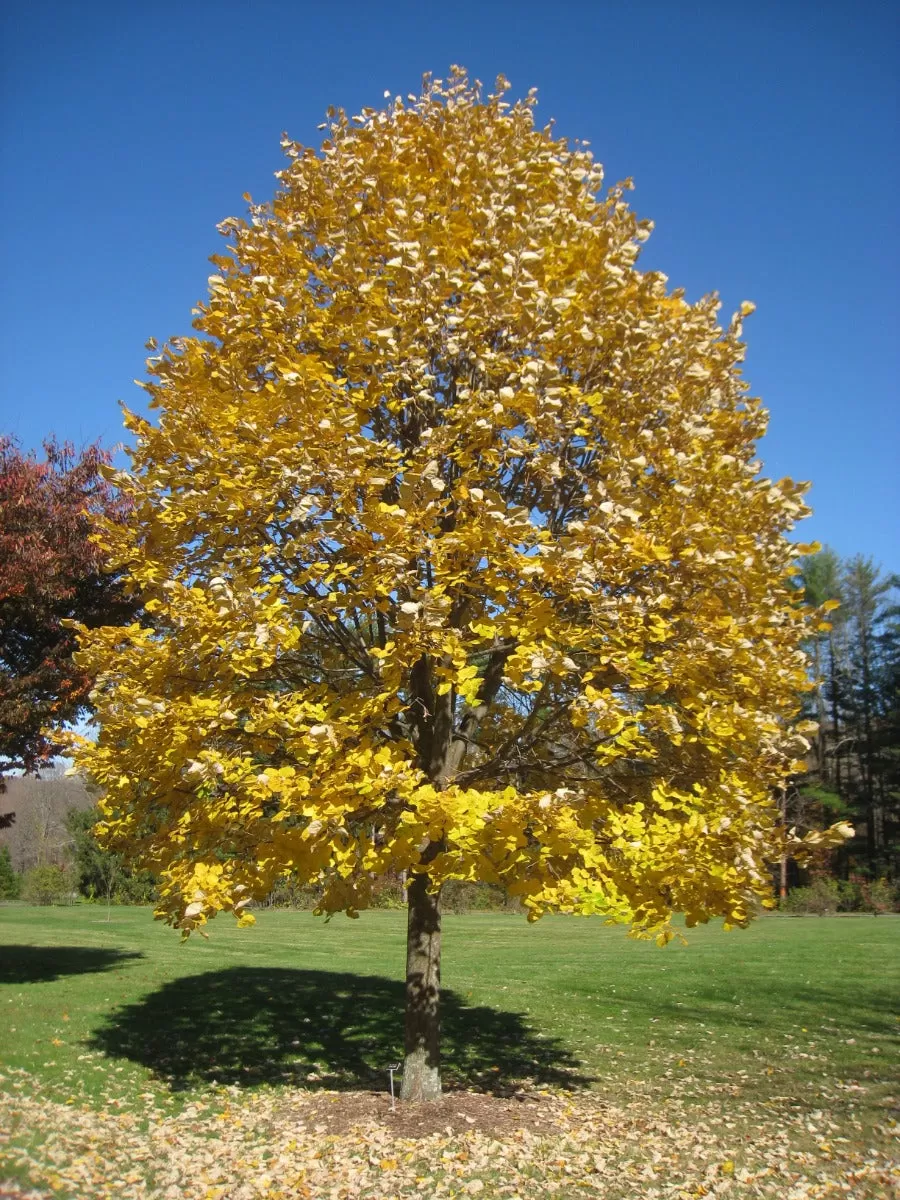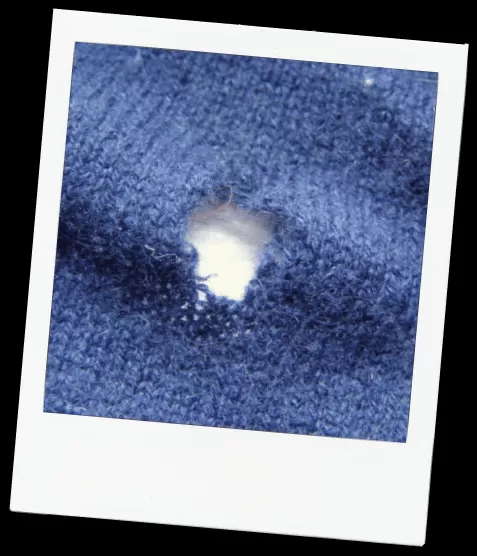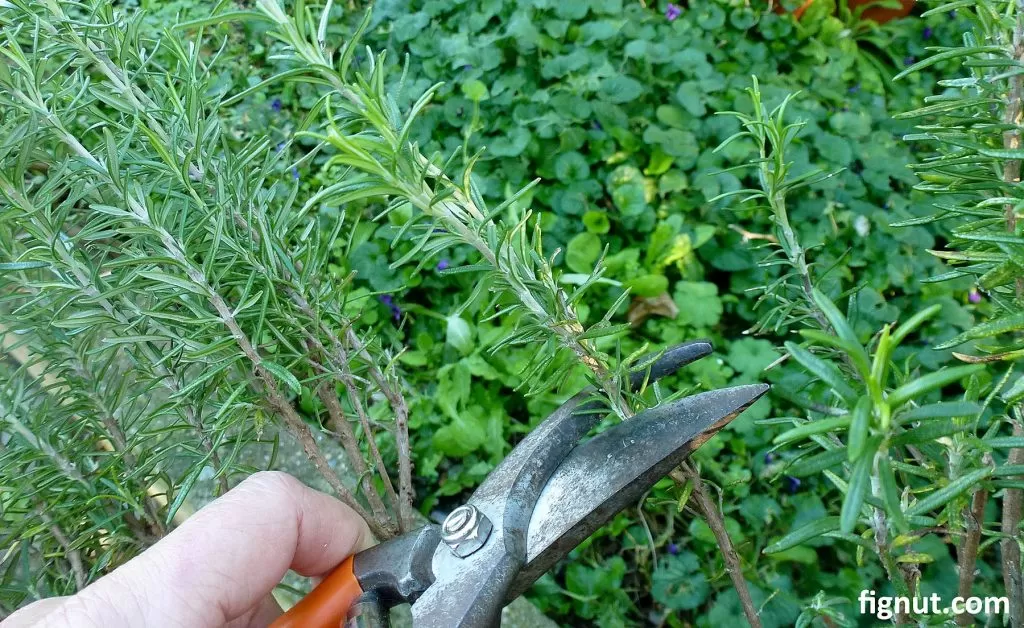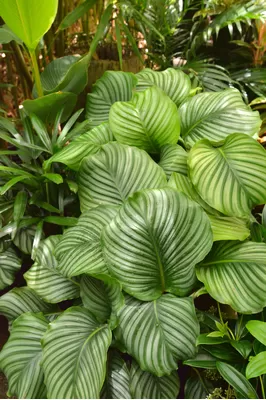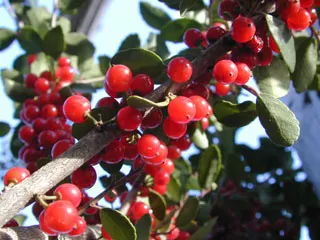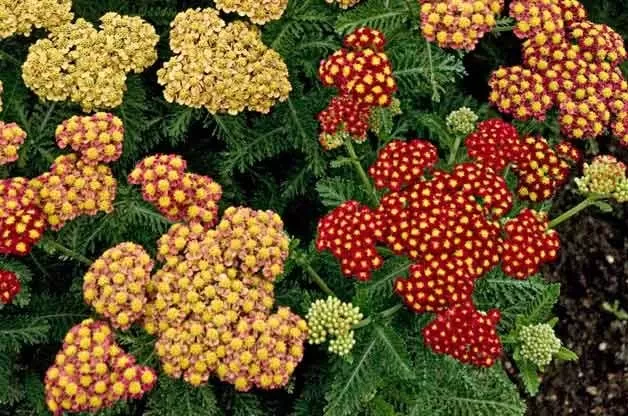- Discover the ideal light conditions for bromeliads, both indoors and out.
- Learn how to identify signs of too much or too little sunlight.
- Explore tips for achieving stunning, colorful foliage and long-lasting blooms.
- Master bromeliad care and propagation with ease.
Bromeliads, with their captivating colors and easy-going nature, have won the hearts of plant lovers everywhere. A key factor in their success is understanding their sunlight needs. “Bromeliads sunlight” is more than just a phrase; it’s the foundation for vibrant foliage and thriving blooms. Whether you’re a seasoned gardener or just starting out, this guide will equip you with the knowledge to create the perfect light environment for your bromeliads.
Contents
Bromeliad Light Requirements: Indoor vs. Outdoor
Bromeliads are remarkably adaptable, thriving both indoors as houseplants and outdoors in warmer climates. However, their sunlight requirements differ depending on their location.
Indoor Bromeliads and Sunlight
Indoor bromeliads thrive in bright, indirect light. Avoid placing them in direct sun, which can scorch their leaves. A good spot is near a window, preferably east- or west-facing, where they can receive filtered sunlight throughout the day. A north-facing window may provide too little light, while a south-facing window may require a sheer curtain to diffuse the intense sunlight.
Signs of insufficient light include dark green, soft, drooping leaves. Conversely, yellowish or pale green leaves may indicate excessive light. Adjust the plant’s location accordingly to achieve optimal growth.
 alt text: Bromeliads thriving indoors in bright, indirect light near a window.
alt text: Bromeliads thriving indoors in bright, indirect light near a window.
Outdoor Bromeliads and Sunlight
In warmer regions, bromeliads flourish outdoors, adding a tropical touch to gardens and landscapes. Most bromeliads prefer partial shade, especially during the hottest part of the day. However, some varieties tolerate full sun, showcasing even more vibrant colors.
When growing bromeliads outdoors, observe their leaves for signs of light stress. Too much sun can result in scorched or bleached leaves, while too little sun can lead to dull coloration and leggy growth.
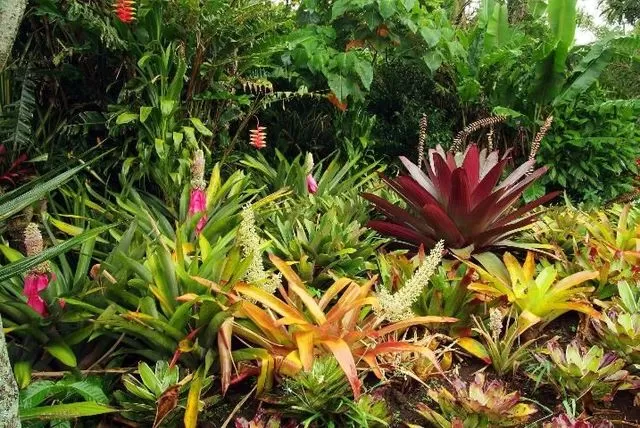 alt text: Various bromeliad species flourishing outdoors in a partially shaded garden.
alt text: Various bromeliad species flourishing outdoors in a partially shaded garden.
Bromeliad Care: Watering and Fertilizing
Proper watering and fertilizing are essential for healthy bromeliad growth, complementing the right sunlight conditions.
Watering Bromeliads
Bromeliads have a unique way of absorbing water through their central “cup” or “vase.” Fill the cup with water and allow it to soak into the plant. Flush the cup weekly to prevent stagnation and salt buildup. Ensure the potting mix is well-draining to prevent root rot.
Fertilizing Bromeliads
Fertilize bromeliads sparingly, especially during the winter months or when grown indoors under low light conditions. Use a diluted, balanced liquid fertilizer every 1-2 months during the growing season. Avoid adding fertilizer directly to the central cup, as this can burn the leaves.
Bromeliad Propagation
Propagating bromeliads is a rewarding way to expand your collection. “Pups,” or offshoots, develop at the base of the mother plant after it blooms. Once the pups are about half the size of the parent, they can be separated and potted to create new plants.
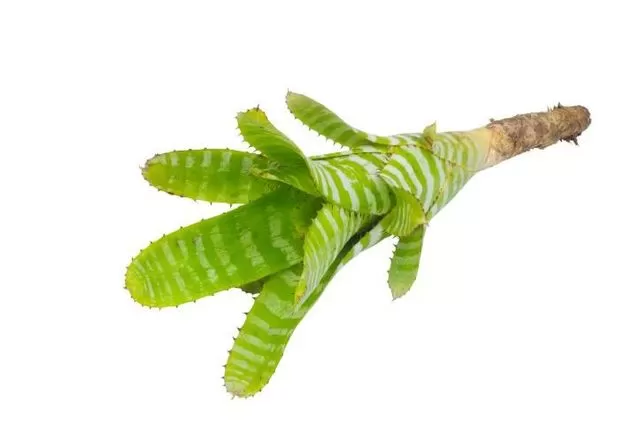 alt text: Bromeliad pups, or offshoots, growing at the base of the mother plant, ready for propagation.
alt text: Bromeliad pups, or offshoots, growing at the base of the mother plant, ready for propagation.
Blooming and Sunlight
While the foliage of bromeliads is undeniably attractive, the blooms add an extra layer of beauty. Blooming is influenced by several factors, including plant maturity, light intensity, temperature, and watering. Providing adequate sunlight is crucial for encouraging bromeliads to bloom.
Conclusion
Understanding “bromeliads sunlight” is the key to unlocking their full potential. By providing the right light conditions, along with proper care, you can enjoy the vibrant colors and unique beauty of these fascinating plants for years to come. Share your bromeliad growing experiences and tips in the comments below! We’d love to hear from you. Explore more gardening advice and inspiration on our website.

